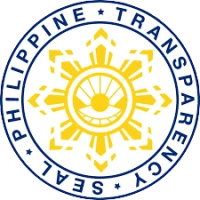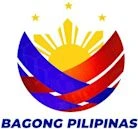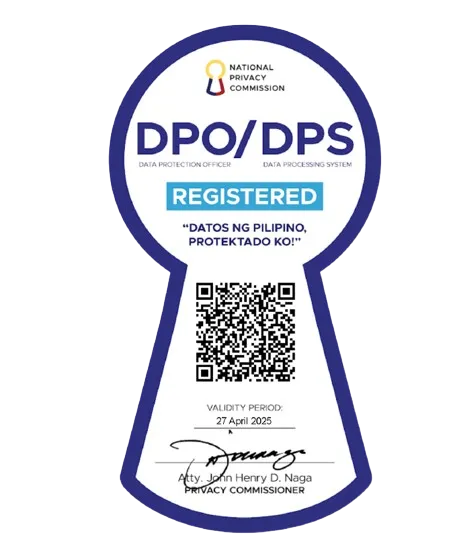Occidental Mindoro, known for its agricultural focus on food production, primarily centers its industry around rice cultivation (Oryza sativa), a vital staple crop in the Philippines. This sector provides seasonal employment for nearly 80% of its residents, encompassing even children.
Given the rice crop’s reliance on water, wetland and lowland rice fields are tended to during the monsoon season, spanning from July, the planting season, to October, the harvest period. Conversely, non-water-intensive crops with lengthier growth cycles, such as tobacco, onions, garlic, and various vegetables, thrive in the dry season from November to May.
The province boasts significant agricultural exports, including rice, corn, onions, garlic, both wild-caught and cultivated fish, and salt. Additionally, upland areas yield crops like mangoes, cashew nuts, cooking bananas (saba), and assorted fruits, while minor cultivars such as peanuts, cassava, sweet potatoes, and ginger contribute to the diverse agricultural landscape.
Palay (unhusked rice) and corn reign as the principal crops in Occidental Mindoro. According to the Philippine Statistics Authority (PSA), other notable crops in the province as of 2018, based on production volume, include onions, coconut, sweet potatoes, bananas, and papayas.
To achieve food security and self-reliance, under the leadership of Governor Eduardo B. Gadiano, the provincial government is harnessing the full potential of its agriculture sector by embracing and advocating for new agricultural technologies and practices. Furthermore, it has enhanced the execution of programs, projects, and activities to support farmers and fishermen.
PGOM aspires for Occidental Mindoro to emerge as a key contributor and distributor within the nation fostering a robust Agri Fisher Industry characterized by sustained productivity and entrepreneurial prowess. It envisions a resilient and well-prepared community, fortified against disasters, and empowered with sound health, all under the guidance of effective and efficient leadership.
The Office of the Provincial Agriculturist, in collaboration with the Department of Agriculture, remains steadfast in its role of coordinating and facilitating the unified and effective implementation of Agriculture and Fishery Development Programs in Occidental Mindoro. This effort aims to bolster agricultural productivity and income, strategically combating rural poverty and advancing the province’s vision of becoming a primary food source in the MIMAROPA region.
The province is renowned for its significant contributions to rice and corn production within the MIMAROPA region. Its noteworthy achievements in rice production have been acknowledged by the national government, specifically the Department of Agriculture, through the conferment
of awards, prizes, and the prestigious designation of being a Hall of Famer in national-level rice production.
According to the Office of the Provincial Agriculturist, Occidental Mindoro registered a total of 103,539.19 (ha.) of Rice Physical Production Area for the cropping year of 2023 with 37,646 farmers at 303% Sufficiency Level. Rice Production in 2023 report produced 102,507.00(mt.) Hybrid Seeds (Dry Season – January to June 2023) and 174,556(mt.) (Dry Season – January to June2023).
Aside from rice production, the OPA also implemented development programs on corn, cassava, high value crops, fishery, organic agriculture, and institutional programs.
The Corn Production Program is tasked with developing policies and implementing protocols concerning the production, irrigation, postharvest handling, marketing, extension services, training, and research and development within the corn industry of the Philippines. Its objective is to enhance the production of high-quality corn for various purposes such as human consumption, animal feed, and industrial applications. Additionally, it aims to empower farmers, boost their income, and consequently enhance their overall quality of life. As of the latest data, Occidental Mindoro stands as the primary corn producer in MIMAROPA, having cultivated a total area of 134,350.33 hectares for hybrid and OPV corn production in 2023.
The province of Occidental Mindoro has prioritized cassava as its third most important commodity for intervention under the Philippine Rural Development Project. The cassava industry in the province is guaranteed a market, especially for animal feed purposes, with leading feed manufacturers increasingly using dried granulated cassava as an alternative to corn. This development has created opportunities for small-holder farmers to diversify their income sources. Additionally, cassava is a staple food for the indigenous Mangyan people in the province. The provincial government aims to boost the cassava industry by encouraging farmers to expand their production areas, utilizing idle lands. Around 42.51 percent of the province’s 470,388 hectares of idle land are suitable for cassava production. Expanding cassava cultivation in these areas is expected to increase income for farmers, enhance food security, generated jobs, alleviate poverty, and promote socio-economic development in rural areas.
The High Value Crops Development Program (HVCDP), one of the flagship initiatives of the Office of the Provincial Agriculturist, aims to enhance food security, alleviate poverty, and foster sustainable agricultural growth by promoting the production, processing, marketing, and distribution of high value crops. Specifically, it targets increased income, livelihood creation, and overall agricultural development within the province.
In terms of crop production, onions are a priority commodity, cultivated across 7,433.45 hectares, yielding 87,321.80 metric tons with an average of 12.07 metric tons per hectare. Garlic production covers 15.77 hectares, producing 50.53 metric tons, with an average yield of 3.29 metric tons per hectare. Mung beans occupy 1,033 hectares, yielding 1,255.185 metric
tons. Additionally, top priority vegetables such as bitter gourd, eggplant, tomato, squash, and string beans cover 444.471 hectares, producing 4,493.281 metric tons.
The HVCDP provides support to farmers through the distribution of Mung bean, vegetable, and onion seeds to selected associations, indigenous peoples (IPs), and former rebels to bolster their livelihoods. Extension programs include training sessions for onion and vegetable growers, urban gardening workshops for schoolteachers, and orientation sessions for agricultural extension workers (AEWs). Furthermore, under the extension and support framework, 17 AEWs working with high value crops receive a monthly incentive allowance of P3,500.00 each from the Department of Agriculture.
In 2023, under the Fishery Program spearheaded by the Office of the Provincial Agriculturist, a series of projects were undertaken to bolster the local fishing industry. These initiatives included the distribution of Bangus Fry, Seaweeds Planting Materials, and Gillnet Paraphernalia, aimed at supporting aquaculture and sustainable fishing practices. Additionally, efforts were made to profile the local Salt Industry and promote the distribution of Sex Reverse Tilapia Fry and Tilapia Fry, alongside the establishment of a Demo Farm showcasing Multi-Species cultivation including Freshwater Prawn, Mudfish, and Native Catfish. To enhance fishing efficiency and safety, provisions such as PAYAO, 150 sets of Hook & Line, and 5 units of Solar Powered Lights for Fishing Vessels were also distributed across the region.
Under its Organic Agriculture Program, implented projects included the facilitation of Participatory Guarantee System (PGS) certification, aimed at bolstering trust in organic produce among consumers. Additionally, the program facilitated numerous training sessions, seminars, workshops, and congresses to enhance stakeholders’ understanding and expertise in organic farming practices. Furthermore, consultation meetings were organized, bringing together various stakeholders such as the Municipal Agriculturists (MAS), Agricultural Extension Workers (AEWs), and representatives from the agri-fishery sector. These gatherings not only served as forums for information dissemination but also fostered collaboration and synergy towards the advancement of organic agriculture within the province.
Through the continuous strengthening of the Provincial Agriculture and Fisheries Council (PAFC), stakeholders are provided with a platform for active participation, ensuring that diverse perspective are considered in shaping policies and programs aimed at advancing the agricultural and fisheries landscape. Such endeavors signify a proactive approach towards sustainable development and underscore the significance of inclusive governance in driving progress within the agricultural domain.





